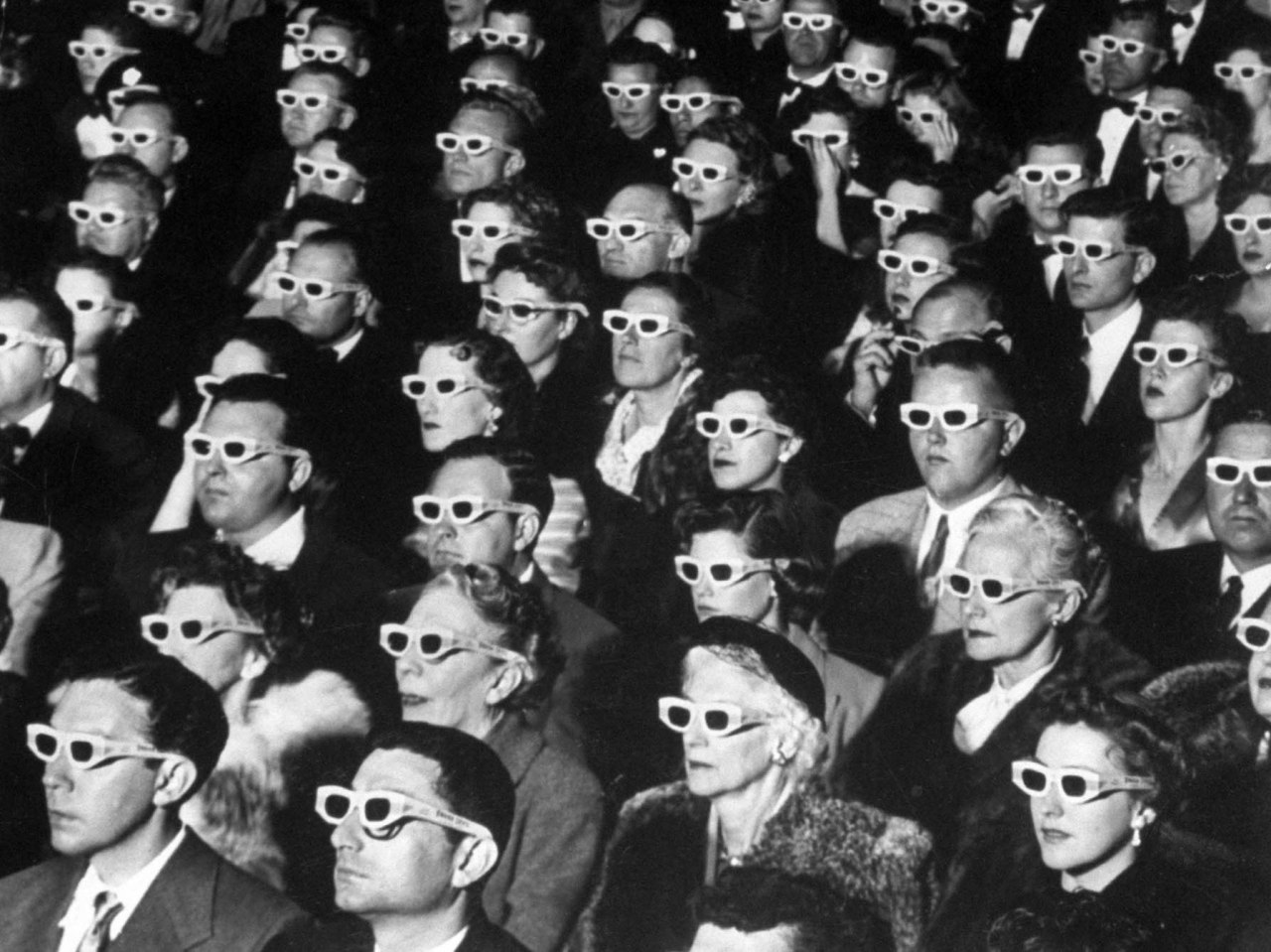Augmented Reality (AR) has swiftly transitioned from a novel concept to a practical application, capturing the imaginations of tech enthusiasts and everyday users alike. With heavyweights like Apple and Google rolling out their AR platforms, it’s natural to wonder: Are we on the verge of witnessing the mainstream adoption of AR eyewear? And crucially, are consumers ready to embrace this revolutionary technology? Let’s unpack the state of AR glasses, the challenges ahead, and the exciting future that awaits.
The AR Landscape: Building Momentum
The landscape of AR has been significantly shaped by mobile applications like Pokémon GO and various Snap filters, setting the stage for a more immersive experience. With ARKit and ARCore paving the way for developers, consumers are gradually acclimatizing to the idea of an augmented world. But is the space ready for dedicated eyewear?
Historically, cutting-edge technology tends to follow the classic adoption curve—from innovators to early adopters and beyond. The past year has seen accolades for AR’s potential, yet many wonder if we’ve hit the tipping point for AR glasses.
Challenges on the Road to Mainstream Adoption
While the potential for AR glasses is enormous, several hurdles must still be addressed before we see mass-market acceptance.
- Cost: For consumers to adopt AR glasses, we need a price tag comfortably below $1,000. The sweet spot might be around $700 to $900, akin to a high-end smartphone. Successful price drops will likely be driven by competition and manufacturing scales, similar to the way smartphones evolved in pricing.
- Form Factor: Elegance matters. Many current optical solutions for AR glasses remain bulky and unattractive. The challenge for manufacturers is to create sleek, lightweight designs that consumers are excited to wear. As seen with wearables, aesthetics can be just as crucial as functionality.
- Battery Life: Nobody wants to wear heavy glasses that die halfway through the day. Innovative companies like Microvast are working on modernizing battery chemistry, which could pave the way for longer-lasting power sources for AR devices.
- Heat Management: With complex features that track environments and movements, many existing processors run hot, challenging the effectiveness and comfort of AR glasses. Solving this issue is essential for widespread acceptance.
- User Interface (UI): The right UI will play a pivotal role in how engaging and intuitive AR glasses become. As developers create new AR content, providing an easy-to-navigate ecosystem will be crucial for user adoption and loyalty.
The Path Ahead
Despite these challenges, the enthusiasm among manufacturers and developers remains high. The AR industry is at a junction, similar to the days preceding the smartphone boom. With the right strategies and innovations, we could foreseeably see innovators and early adopters wearing AR glasses within the next couple of years.
Furthermore, with carriers potentially subsidizing AR glasses and boosting their sales through bundled services, we might witness a remarkable shift in consumer behavior. As people become accustomed to integrating AR into their daily activities, the glasses may evolve from an exciting novelty to an essential tool.
Conclusion: A Brave New World of AR Eyewear
The question of whether AR eyewear is ready for consumers doesn’t lie solely within the domain of technology but also within the realm of societal readiness to embrace such tools. The fusion of powerful hardware, engaging software, and an appealing form factor will determine the fate of AR glasses in the market.
As we look toward the future, the implications of AR glasses stretch far beyond gaming and social media; they could alter how we interact with our environment, access information, and perceive reality itself. At fxis.ai, we believe that such advancements are crucial for the future of AI, as they enable more comprehensive and effective solutions. Our team is continually exploring new methodologies to push the envelope in artificial intelligence, ensuring that our clients benefit from the latest technological innovations.
For more insights, updates, or to collaborate on AI development projects, stay connected with fxis.ai.

